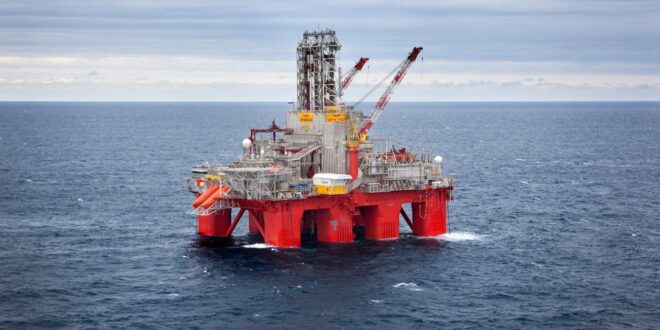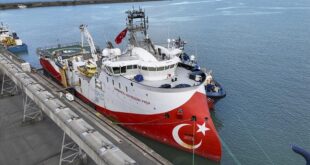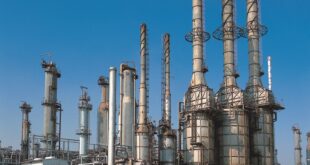Amid a wall of screens in the control room of Equinor ASA’s Johan Sverdrup oil field in the North Sea ticks a tally of the day’s oil production — and a measure of Norway’s growing importance to Europe’s energy security.
On Feb. 13, that figure hovered around 720,000 bpd. “By the end of this month, or maybe even earlier, we will conduct a production test to see if we can raise production up to 755,000 bpd,” Equinor’s Executive Vice President of Exploration and Production Norway Kjetil Hove said during a visit to the platform. “In that case, Sverdrup will be covering between 6% and 7% of total oil demand in Europe.”
Since Russian President Vladimir Putin decided to invade Ukraine almost a year ago, Norway’s importance to Europe has never been greater. It has become the continent’s largest supplier of natural gas, pumping a record 122 Bcm in 2022 through over 8,000 km of subsea pipes. Johan Sverdrup, which began oil production in late 2019, is estimated to hold 2.7 Bboe, making it the continent’s biggest oil field.
“At a time when energy security is so central, with the war in Europe, it shows the importance that Norway has as a predictable and reliable deliverer of energy to the world, and to Europe that really needs it,” Norwegian Petroleum and Energy Minister Terje Aasland said on the offshore platform during a visit to mark the official opening of its second phase.
Johan Sverdrup is Norway’s newest major oil field, affording the 430 men and women who work there a surprising level of comfort for a location 160 km out to sea.
“It is of enormous importance, the activity that is happening here right now,” Aasland said. When Johan Sverdrup reaches full capacity, “every third barrel of Norwegian oil will come from this field.”
The platform is so large that workers get from one end of the other using three-wheeled push bikes, traversing the 1 km (3,281 ft) distance through enclosed walkways that link its five individual parts. It’s a quieter journey than most offshore platforms because Johan Sverdrup draws power from shore via subsea cables, instead of running noisy generators within the confines of the facility.
That electrification is a key part of Norway’s efforts to cut carbon from its oil and gas industry. By using hydropower generated on land, Johan Sverdrup’s annual emissions will be 1.2 million metric tons lower than if they had been burning natural gas to run power generators on board — equivalent to about 2.5% of Norway’s total emissions in 2021, Hove said.
Equinor and its partners are targeting a 50-year lifespan for the oil field, with a third phase expected to extend the oil production plateau. The company will “not leave valuable barrels behind” even as it looks to build out its renewable portfolio and cut its own emissions, CEO Anders Opedal said last week.

 Iran Energy News Oil, Gas, Petrochemical and Energy Field Specialized Channel
Iran Energy News Oil, Gas, Petrochemical and Energy Field Specialized Channel



